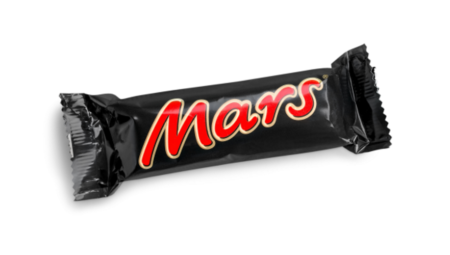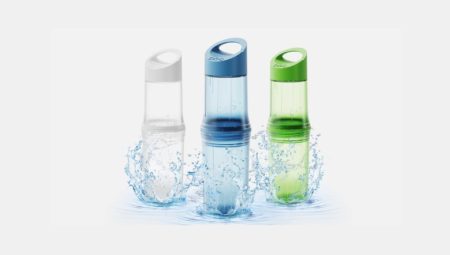Marieke Meeusen (LEI) is involved in the survey. She was a speaker at a meeting before the summer holidays organised under the auspices of Biobased Delta. The findings from the survey showed that the term biobased is far from established, especially in the Netherlands.
Meeusen: ‘We held the survey in six EU countries over the course of 2015. Countries at the forefront of the EU in the area of environmental awareness: Denmark, the Czech Republic, Slovenia, Italy, Germany, and the Netherlands.
Two things stand out: many consumers are not familiar with the biobased concept or do not know what it means. Consumers in these countries do generally have the same impression of and associations with biobased. These are positive associations, related to the environment. However, there are also other associations that are not related to biobased, such as animal welfare. The key: products/energy from renewable raw materials, read biomass, are rarely mentioned, however.’
Hallmark not yet an option
To put it briefly, biobased has yet to be established as a (marketing) term. Thus it still remains to be seen whether manufacturers should be using this in a B2C setting. Meeusen concurs with this. ‘There is a big chance that it will only lead to confusion. A hallmark or label could be a solution. The research shows that people are more apt to choose biobased products with a label than biobased products without a label’
In any case, consumers will have to be educated in certain cases, such as those involving biodegradable packaging, on how they will have to deal with this. ‘That’s right,’ says Meeusen. ‘We showed the respondents a biobased shopping bag, and many of them thought they could simply throw it away in nature because it would be biodegradable.’
Everything has to be right
No matter how manufacturers approach their customers, it will not be the one size fits all method. Depending on the product and the proposition, biobased products received different evaluations. ‘Biobased bags are evaluated very differently than biobased products like clothing, paint, or a dashboard. That makes sense, as the functionalities or advantages to the consumer are also diverse. It also depends on the type of consumer. Some wouldn’t object to a higher price or less functionality if the impact on the environment were lower. Other consumers are also willing to pay an additional amount, but for an equal or even better performance. These consumers do expect the entire story to hold up. All aspects of sustainability must be right: environmental and social aspects as well as climate effects and waste. These consumers also expect ALL links in the chain of production to be up to par. As soon as certain things prove not to be right, the consumers’ willingness to purchase declines.’
Gut feeling
The question is also: how large is the consumer population that is open to biobased products? In a previous survey in 2011, the LEI developed a consumer typology for the Dutch consumer, aimed at sustainable food. It turned out that about 33 percent are open to more sustainable food, for quite diverse reasons. A small group, 7 percent, a priori chooses sustainable food because of nature and animal welfare. The second group, 13 percent, chooses sustainable food, but with the condition that it is tasty and affordable. The third group, also 13 percent, makes a choice based more on gut feeling for sustainable food. It remains to be seen whether this typology can also be used for biobased packaging. However, it is a fact that if the environment is used as a sales argument, this classification can give marketers something to go on.
Do private label brands benefit more from biobased?
A test in which the respondents were presented with three brands showed that biobased can indeed have an effect on perception and subsequently the sales of a brand: Coca-Cola, a private brand cola, and Garnier shampoo. The above-mentioned brands are (in part) available in a biobased bottle. ‘The respondents gave these brands a higher evaluation when we told them about the biobased packaging. The positive feelings and willingness to purchase increased while negative feelings declined. It was notable that the positive feelings related to the private brand cola brand increased more than those related to Coca-Cola. This could imply that supermarket retailers can make more money with a biobased packaging line.’
In the interview with Gert-Jan Gruter in the previous issue of Agro & Chemie, it already became clear that the product type also plays a role in this. Water brand Dasani (editor’s note, from Coca-Cola) did benefit from the Plant Bottle as far as sales were concerned, but the bottle had little or no effect on the sales of cola (thus on the Coca-Cola brand itself). This may also have to do with the associations consumers make with biobased. The aspect of naturalness, the environment, etc., does apparently appeal more to the water drinkers than the cola drinkers among us.
The international EU survey programme Open Bio, which runs from 2013 through October 2016, is aimed at facilitating the market access of biobased products in the EU. The consortium does this, among other ways, through consumer research, examining end-of-life options, developing norms and standards, as well as communication guidelines.
Biobased wrapper
Mars is currently in the process of testing in France and Germany for a few months. It entails assessment of the consumer responses to its new biobased wrapper, which it developed together with Rodenburg Biopolymers and Taghleef. Dennis van Eeten, on behalf of Mars: ‘We are going to test the wrapper in the out-of-home channel only, considering the large share of single packs, the individually available bars. At two locations we are going to ask consumers the question: how does the wrapper feel? How does it look? What is the experience with the process, from purchase to throwing the wrapper out? We also want to know what their conception of biobased materials and biodegradability is as a possible function of biobased. We still have insufficient consumer data at this time, which is why we are very curious about the results.’
Van Eeten answers the question concerning what happens if a country scores negatively as follows: ‘The chance that it will then be a no-go is still very slight. Marts wants to continue, but we will first have to wait for the results.’
Should the wrappers be rolled out on a broad basis, possibly also for the other brands in the Mars portfolio, the question remains: is Mars going to communicate with the consumer regarding this step? ‘It is too nice not to do anything with it,’ Van Eeten says. ‘We are already brainstorming on possible slogans. But we do have to take care we are not selling hot air. At any rate we have not yet decided.’
At the meeting, Van Eeten together with Thijs Rodenburg mainly discussed the development process of the foil on the basis of which the wrapper is produced. The above-mentioned test period also includes a further upscaling of the production.



